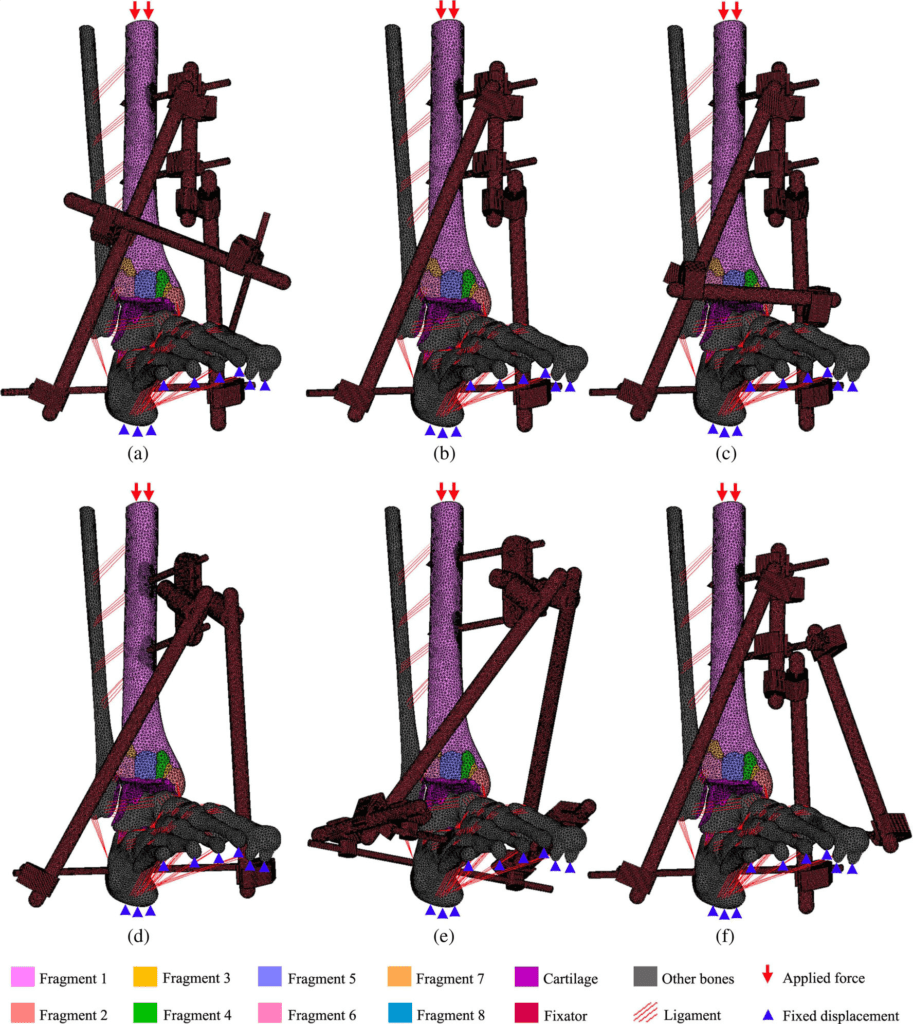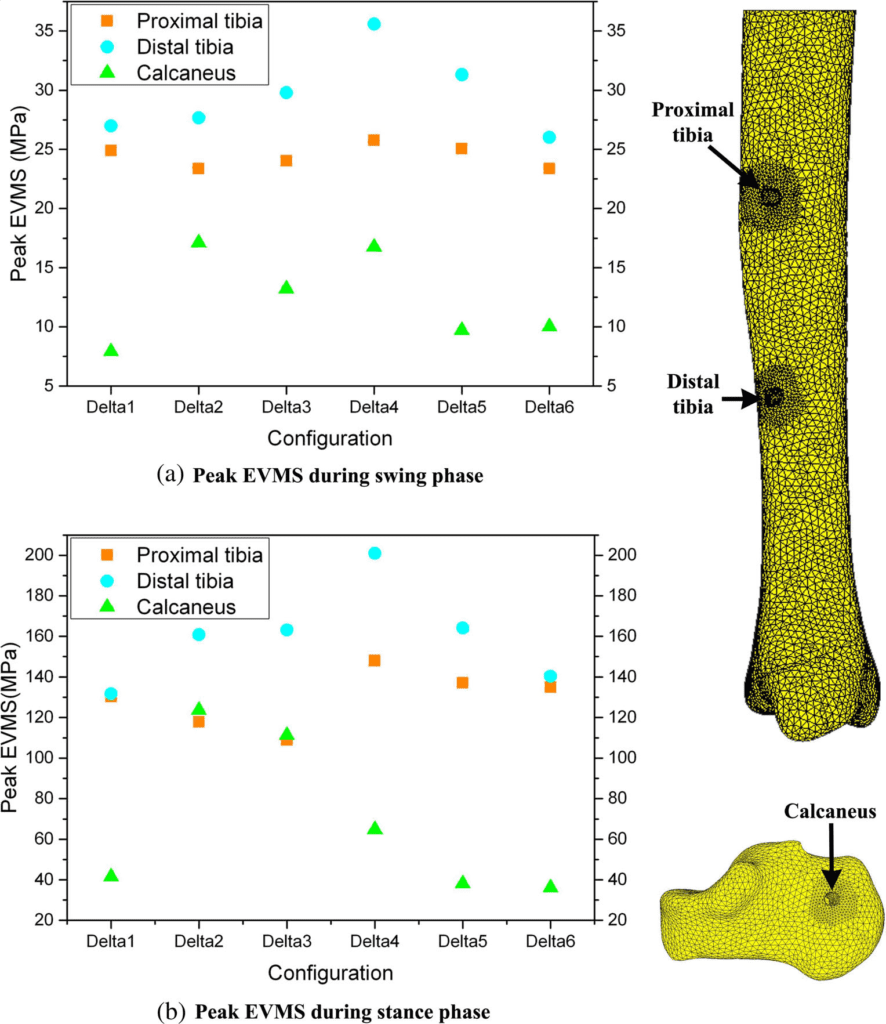In hospital, there are many ways of treatment involved to help patients. It is somehow a compulsory procedure for the medical surgeons and other clinicians to treat patients in safe manner. For a broken bone treatment, it should be noticed there are a lot of procedures and equipment need to be considered before any treatment can be done. Surgical apparatus and medical devices are one of them. Medical devices such as internal fixator and external fixator are a favourable option in treating broken bone. When we talk about the external fixator device, it can be in various form, i.e. uniplanar, multiplanar, hybrid, monorail and Ilizarov configuration. This configuration is specialise to treat a specific pathological problem of patients in the hospital. For example, a pilon fracture is normally treated with multiplanar configurations, meanwhile for a simple fracture such spiral and transverse, this can be treated with uniplanar external fixator. In terms of clinical site, the medical surgeons are normally will use the desirable configurations based on their expertise and experience. However, there is one element that need to be considered, not only focusing on the clinical site, but it is important to focus on the engineering site as well. Therefore, many engineers and researchers conducting a study on the use of the external fixator for treating broken bone. By combining the experts from clinician and engineering site, it is promising that we can help patients to receive a better way of treatment. From engineering field, biomedical engineers are always put in mind to help patients and doctor in terms of choosing a correct device. As shown in the figure below, it is an example of finite element analysis was done by the researchers to give a valuable information in quantitative data to medical surgeons for their choices of treatment.


Based on this information from engineers, medical surgeons can justify their choices to treat broken bone. Beyond than that, it is suggested that medical practitioners and researchers can contribute each other by having a good collaboration for the sake of patients in the future.


